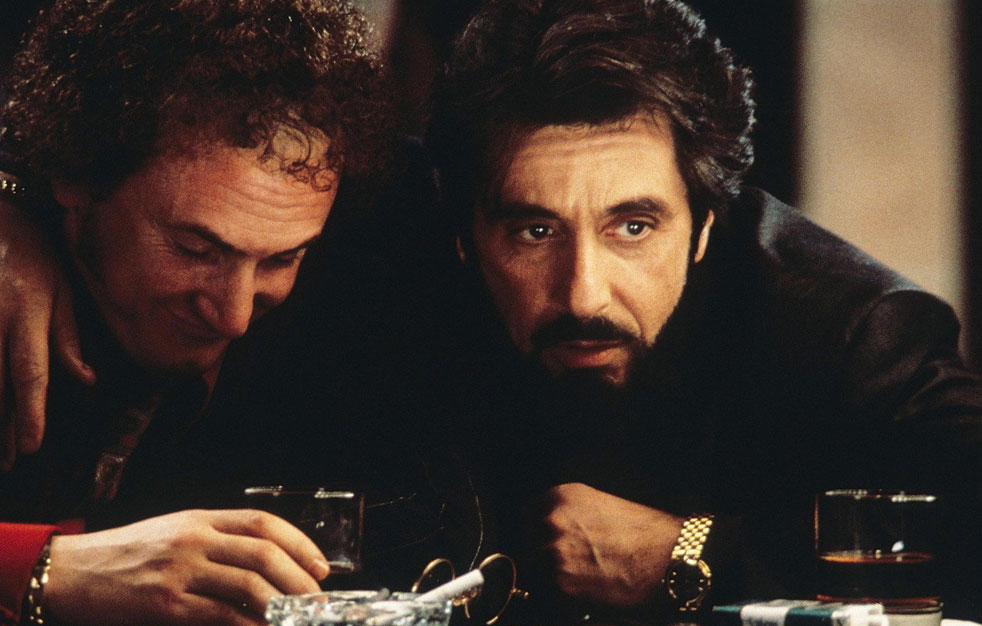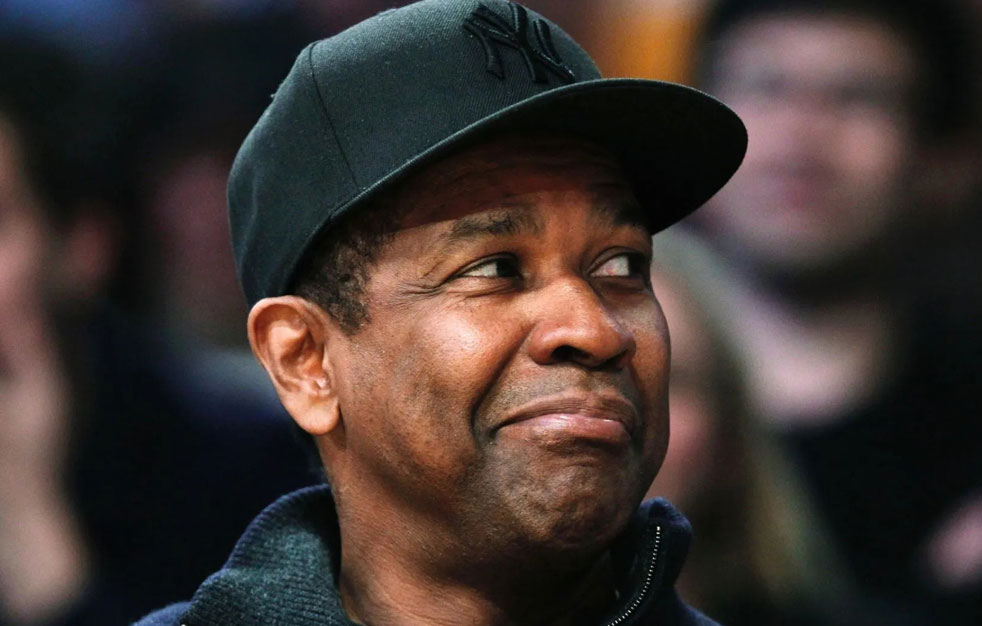
Released in 1993, Carlito’s Way is a captivating crime drama directed by Brian De Palma and starring Al Pacino. This film has left an indelible mark on the genre, thanks to its gripping narrative, stellar performances, and unforgettable moments. Let’s uncover some fascinating facts about Carlito’s Way that every movie enthusiast should know.
The Origins of Carlito’s Way
1. Based on Novels:
- Carlito’s Way is based on two novels by Judge Edwin Torres: Carlito’s Way and After Hours. These novels provided the foundation for the film’s plot and character development. Interestingly, the title Carlito’s Way was chosen for the film despite much of its plot being derived from After Hours.
Stellar Cast and Performances
2. Al Pacino’s Second Time as a Gangster:
- Al Pacino’s role as Carlito Brigante marked his second iconic portrayal of a gangster, the first being Michael Corleone in The Godfather series. His performance as Carlito is lauded for its depth and intensity, contributing significantly to the film’s success.
3. Sean Penn’s Transformation:
- Sean Penn played the role of David Kleinfeld, Carlito’s unscrupulous lawyer. Penn underwent a dramatic transformation for this role, donning curly hair and large glasses to embody the character’s sleazy persona. His performance was so convincing that it earned him critical acclaim and showcased his versatility as an actor.
Directorial Excellence
4. Brian De Palma’s Direction:
- Brian De Palma, known for his work on Scarface (also starring Pacino), brought his unique style to Carlito’s Way. His direction is marked by stylish visuals and intense sequences, particularly the climactic chase scene in the subway station, which is considered one of the best in film history.
Memorable Music and Score
5. Patrick Doyle’s Score:
- The film’s score, composed by Patrick Doyle, plays a crucial role in setting the tone and enhancing the emotional impact of the story. The music perfectly complements the film’s dramatic and suspenseful moments, making it an integral part of the overall experience.
Behind-the-Scenes Trivia
6. De Palma and Pacino’s Reunion:
- Carlito’s Way marked the reunion of Brian De Palma and Al Pacino after their successful collaboration on Scarface. This reunion generated significant excitement and anticipation among fans and critics alike, contributing to the film’s initial buzz.
7. Intense Filming Schedule:
- The film had a demanding production schedule, with numerous complex scenes and locations. One notable sequence is the climactic chase through Grand Central Terminal, which required meticulous planning and coordination to execute successfully.
Critical Reception and Legacy
8. Mixed Reviews to Cult Status:
- Upon its release, Carlito’s Way received mixed reviews from critics, some of whom compared it unfavorably to Scarface. However, over the years, the film has garnered a cult following and is now regarded as a classic in the crime drama genre. Its exploration of themes like redemption and loyalty continues to resonate with audiences.
Additional Facts
9. Viggo Mortensen’s Cameo:
- Viggo Mortensen, who would later achieve fame for his role as Aragorn in The Lord of the Rings trilogy, makes a brief but memorable appearance in Carlito’s Way as Lalin, a disabled former gangster.
10. Authentic Setting:
- To capture the authenticity of New York in the 1970s, De Palma insisted on filming at real locations in the city. The film’s gritty atmosphere benefits greatly from this approach, immersing viewers in the urban landscape that Carlito navigates.
11. Influence of Noir:
- Carlito’s Way is heavily influenced by film noir, evident in its themes, character arcs, and visual style. The film’s narrative structure, with Carlito’s reflective voice-over, is a nod to classic noir storytelling.
12. Career Revivals:
- Carlito’s Way helped revive the careers of several actors. While Pacino was already a major star, the film brought significant attention to Sean Penn, showcasing his versatility. Additionally, it played a crucial role in re-establishing Brian De Palma’s reputation as a top director after a series of less successful projects.
13. Complex Character Development:
- The character of Carlito Brigante is nuanced and complex, making him one of Pacino’s most memorable roles. His desire to leave his criminal past behind and the internal conflict that ensues add depth to the narrative, elevating it above a typical crime drama.
14. Method Acting:
- Sean Penn immersed himself in method acting for his role as David Kleinfeld. He reportedly spent time with real-life lawyers to perfect his portrayal, adding an extra layer of authenticity to his performance.
15. The Pool Hall Shootout:
- The pool hall shootout scene is one of the film’s most iconic moments. This sequence was meticulously choreographed and took several days to film, showcasing De Palma’s attention to detail and ability to create tension and suspense.
16. Carlito’s Monologues:
- The film features several powerful monologues delivered by Pacino. These monologues are critical in understanding Carlito’s mindset and his struggle to stay on the right path. Pacino’s delivery adds emotional weight to the narrative, making these scenes unforgettable.
17. Emotional Depth:
- Beyond the crime and action elements, Carlito’s Way explores themes of love, loyalty, and redemption. Carlito’s relationship with Gail (Penelope Ann Miller) provides an emotional core to the story, highlighting his desire for a better life.
18. Critical Reassessment:
- While initially met with mixed reviews, Carlito’s Way has undergone critical reassessment over the years. Modern critics and audiences often regard it as one of De Palma’s best works and a standout performance in Pacino’s career .
19. Iconic Lines:
- The film is filled with memorable quotes, such as Carlito’s reflective “You think you’re big time? You’re gonna die big time!” These lines have become iconic and are frequently referenced in popular culture.
Final Take
From its literary origins to its cult status, Carlito’s Way is a film rich with fascinating details and unforgettable moments. Whether it’s the stellar performances, Brian De Palma’s masterful direction, or the gripping narrative, this film remains a significant achievement in the crime drama genre. If you haven’t seen it yet, it’s time to add Carlito’s Way to your must-watch list!
Stay tuned for more insights into the world of cinema and your favorite films!



